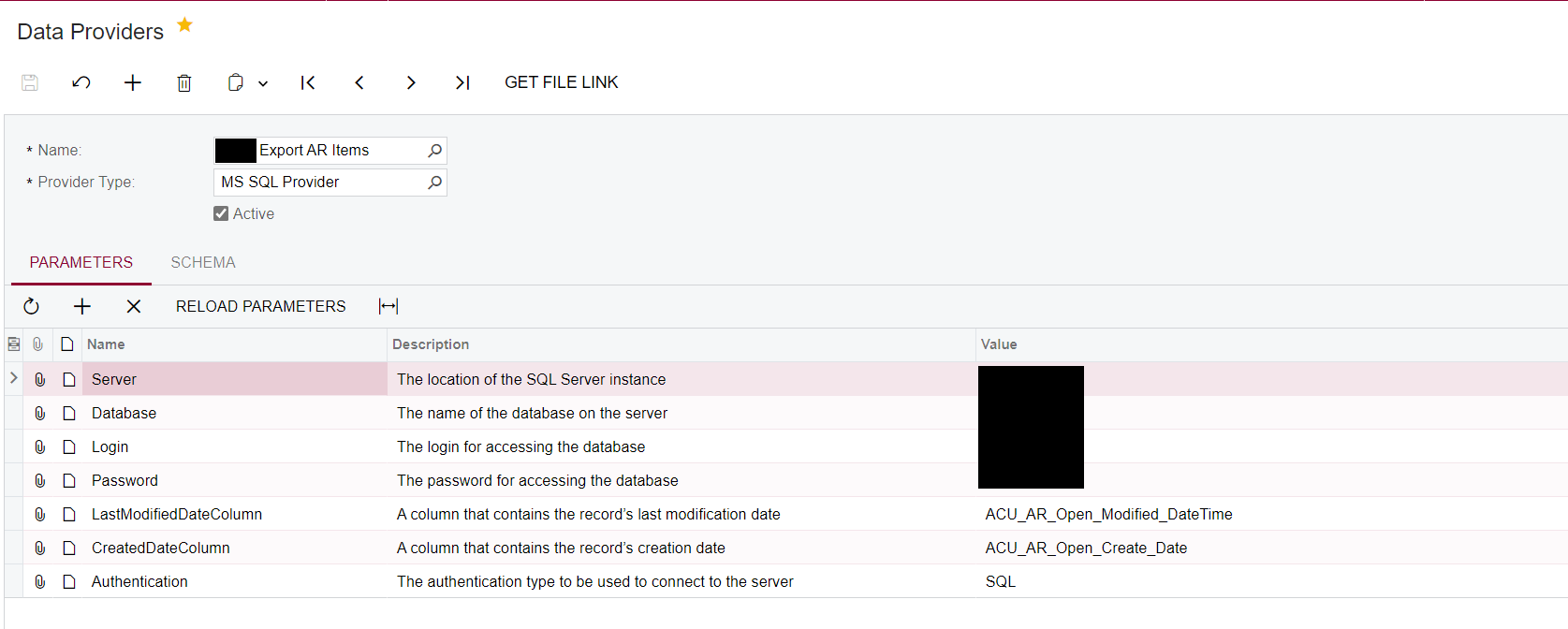I have an export scenario to export payments from the Payments and Applications screen. Most of the time it works as intended but sometimes it just skips payments that have been made since it was last ran. We run this once a day exporting on average of 700 - 800 payments. AR created a large CC payment the other day and applied it to several invoices and then released it. So the payment was created, modifed released and closed all between running the export one day and running it the next day. Several other payments created and closed the same day were also skipped.
These payments that are skipped aren’t prepared so they aren’t exported and so no errors. The majority of payments that are missed are CC payments that are entered like this, created, applied, released and closed all at once but we have also had the issue with cash payments.
My export scenario uses a sql provider and exports directly to a table created specifically for this purpose.
I have checked the ARRegister table and ARAdjust table to see if there is any pattern to the payments that get left out and nothing caught my eye. Last modified screen varies between SO303000 and AR302000 as do the payments that export as they should.
Any ideas on what else to check or where else to look will be appreciated.









